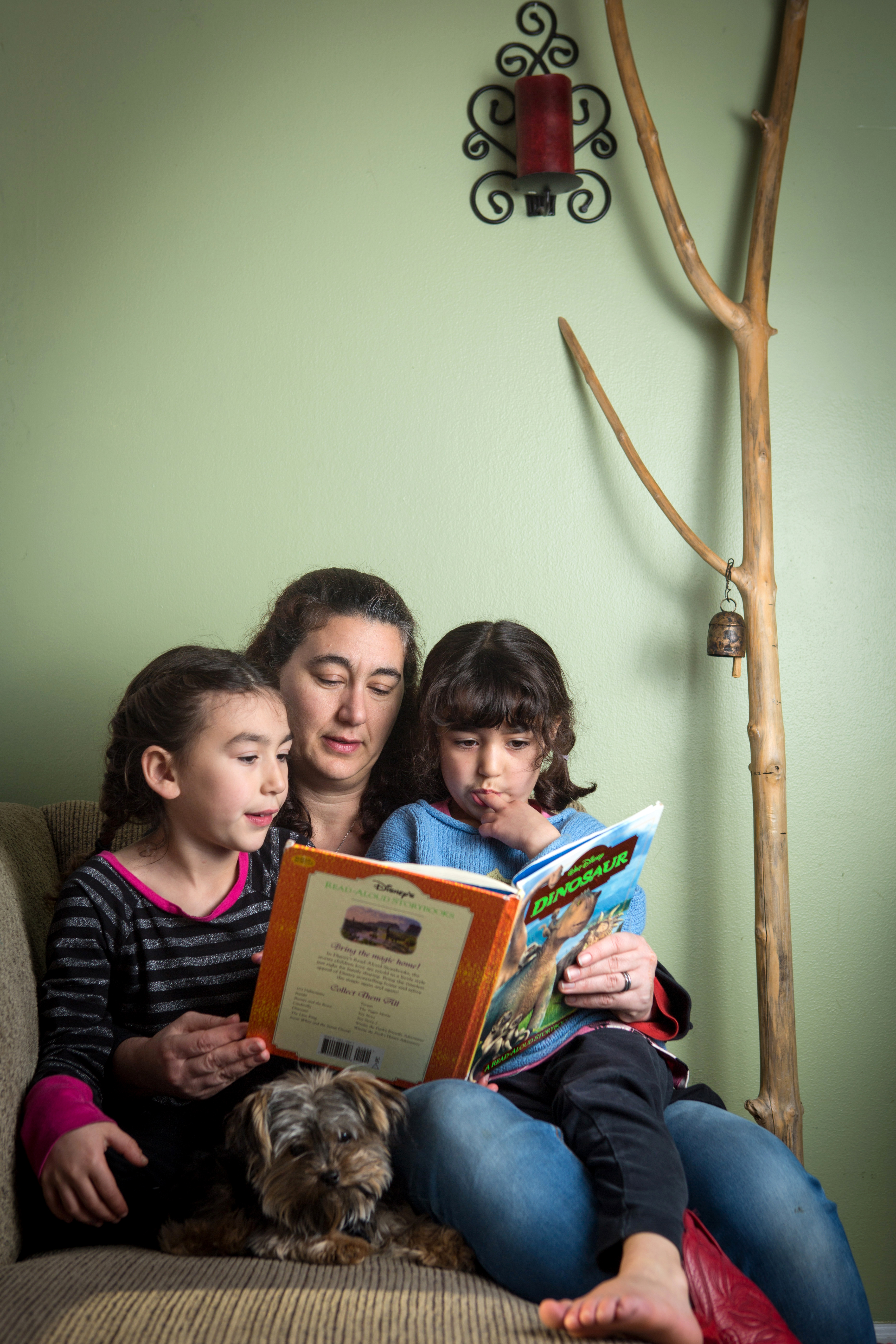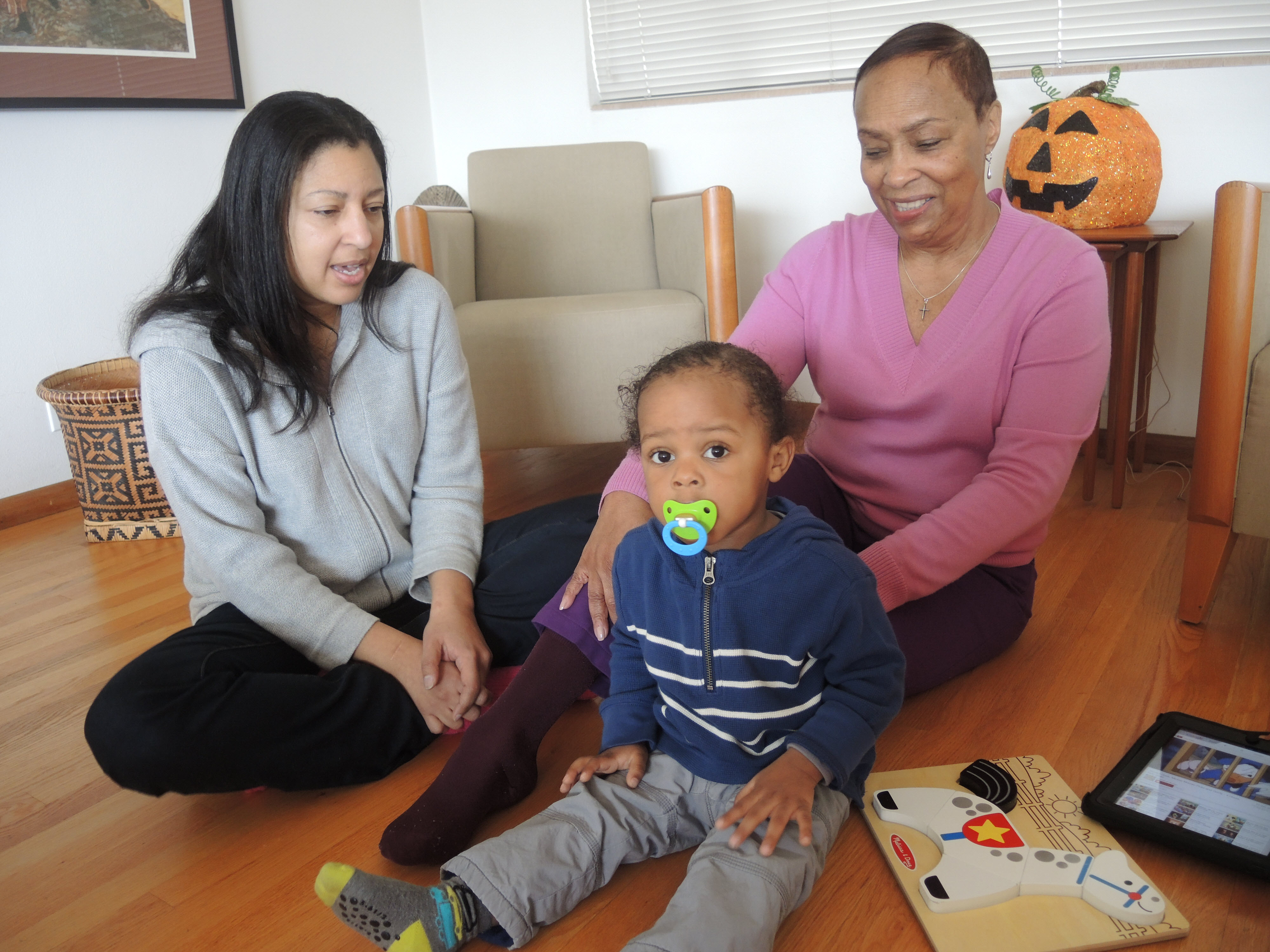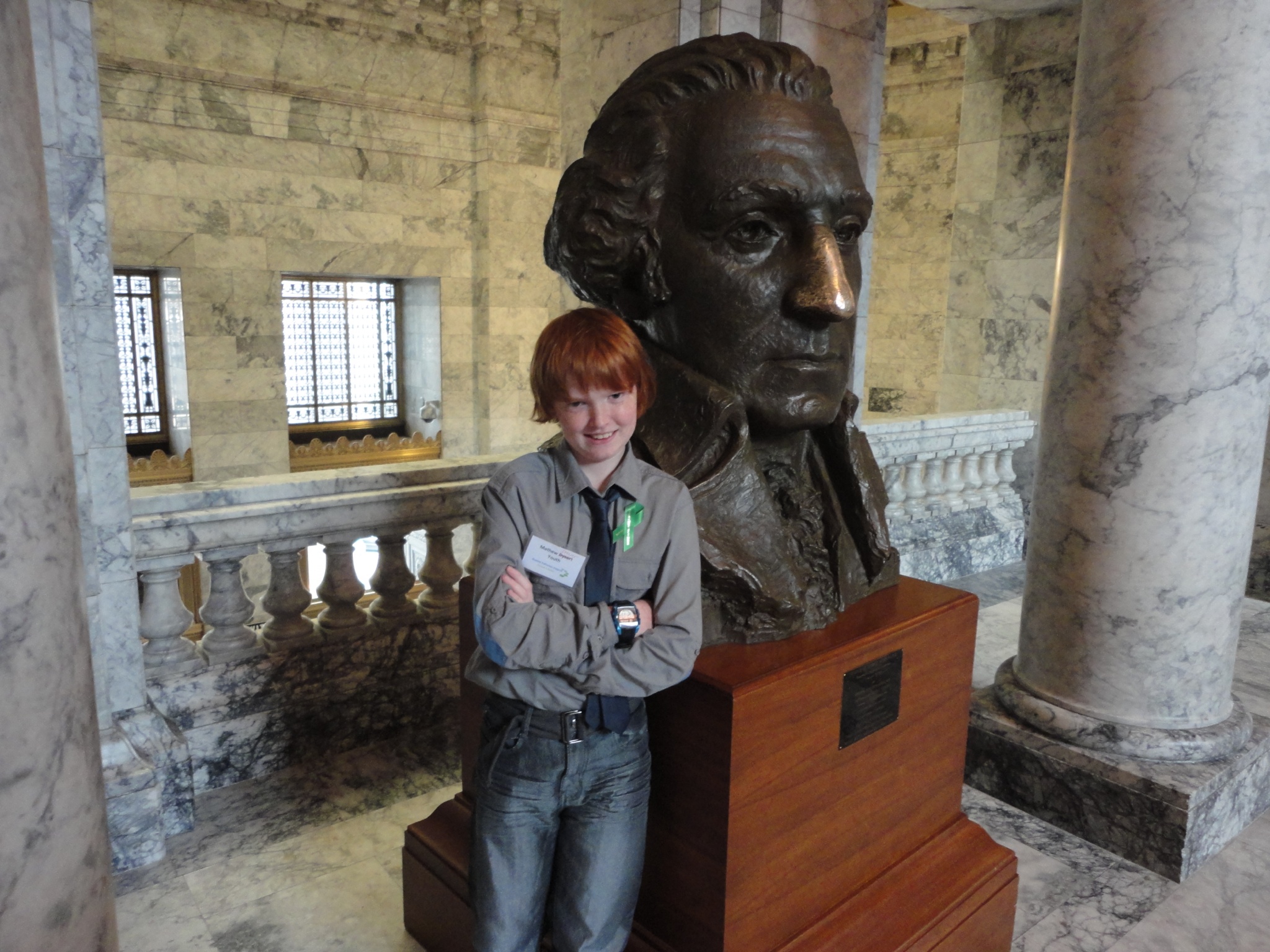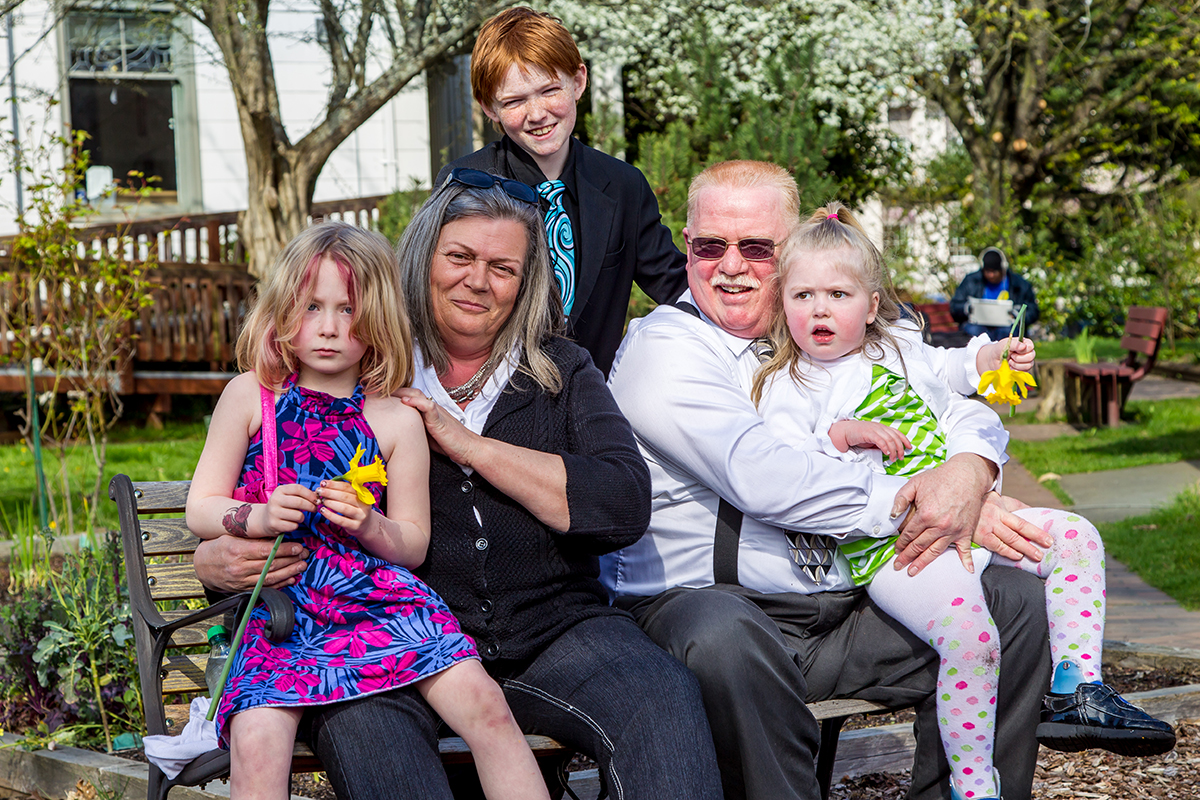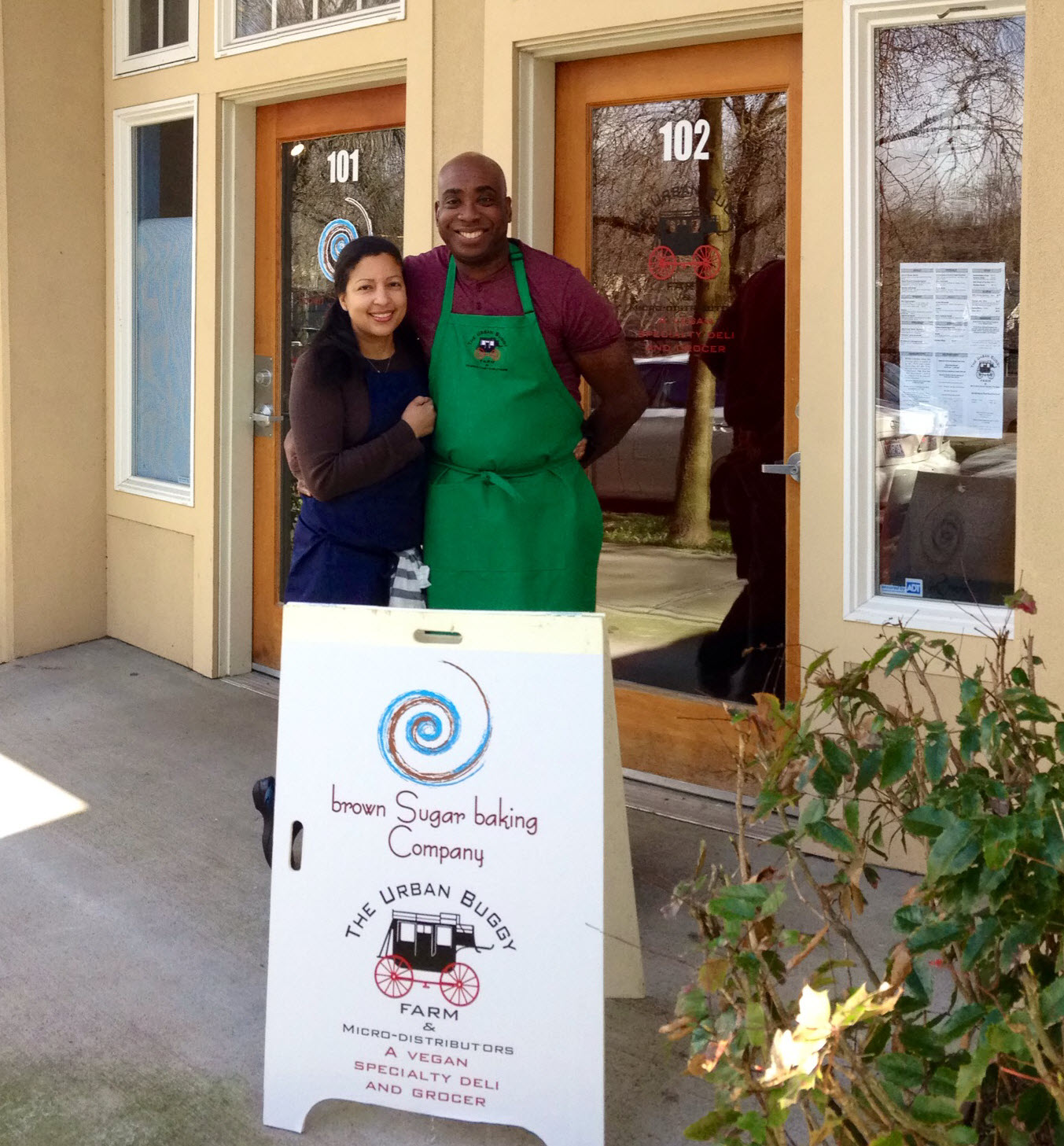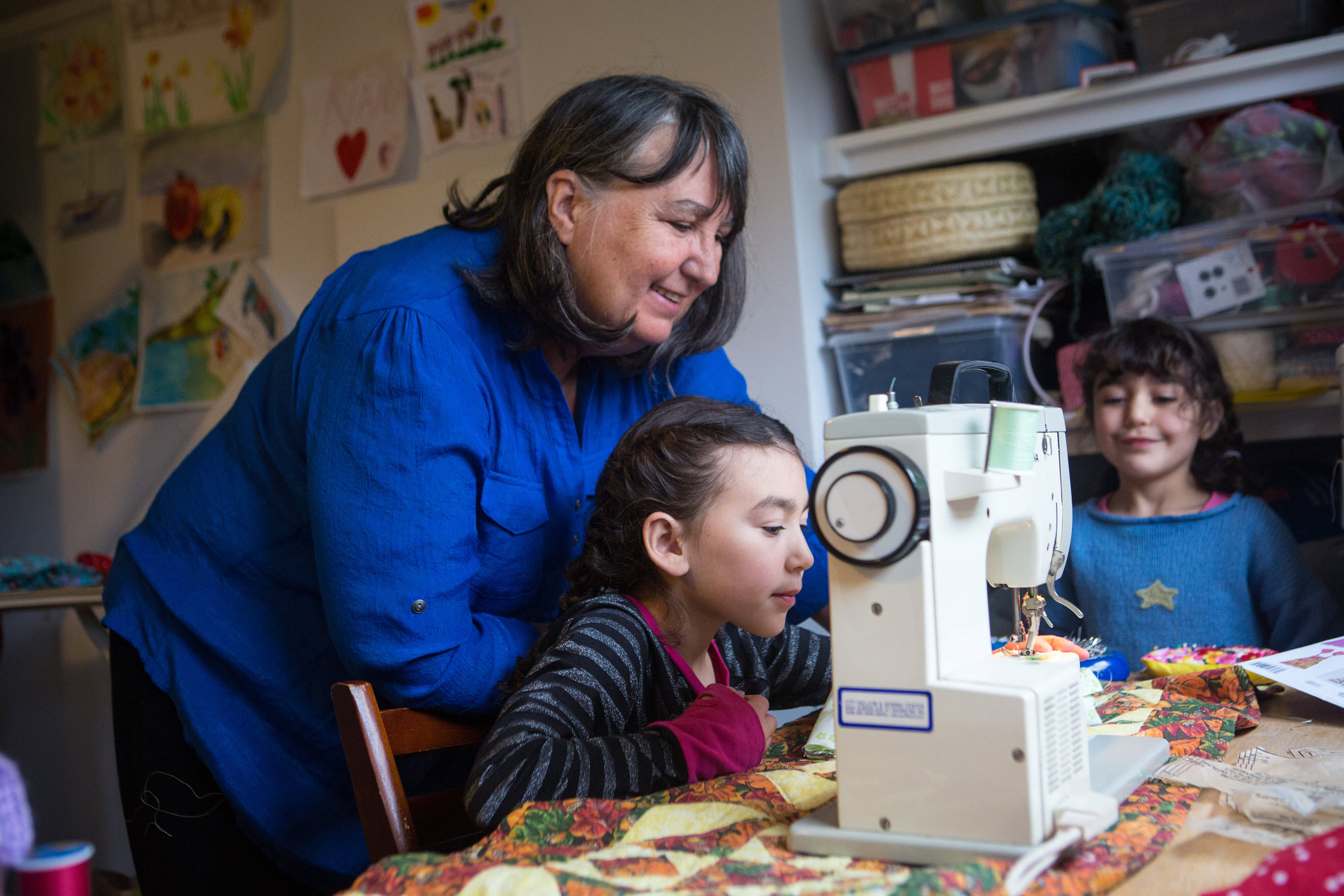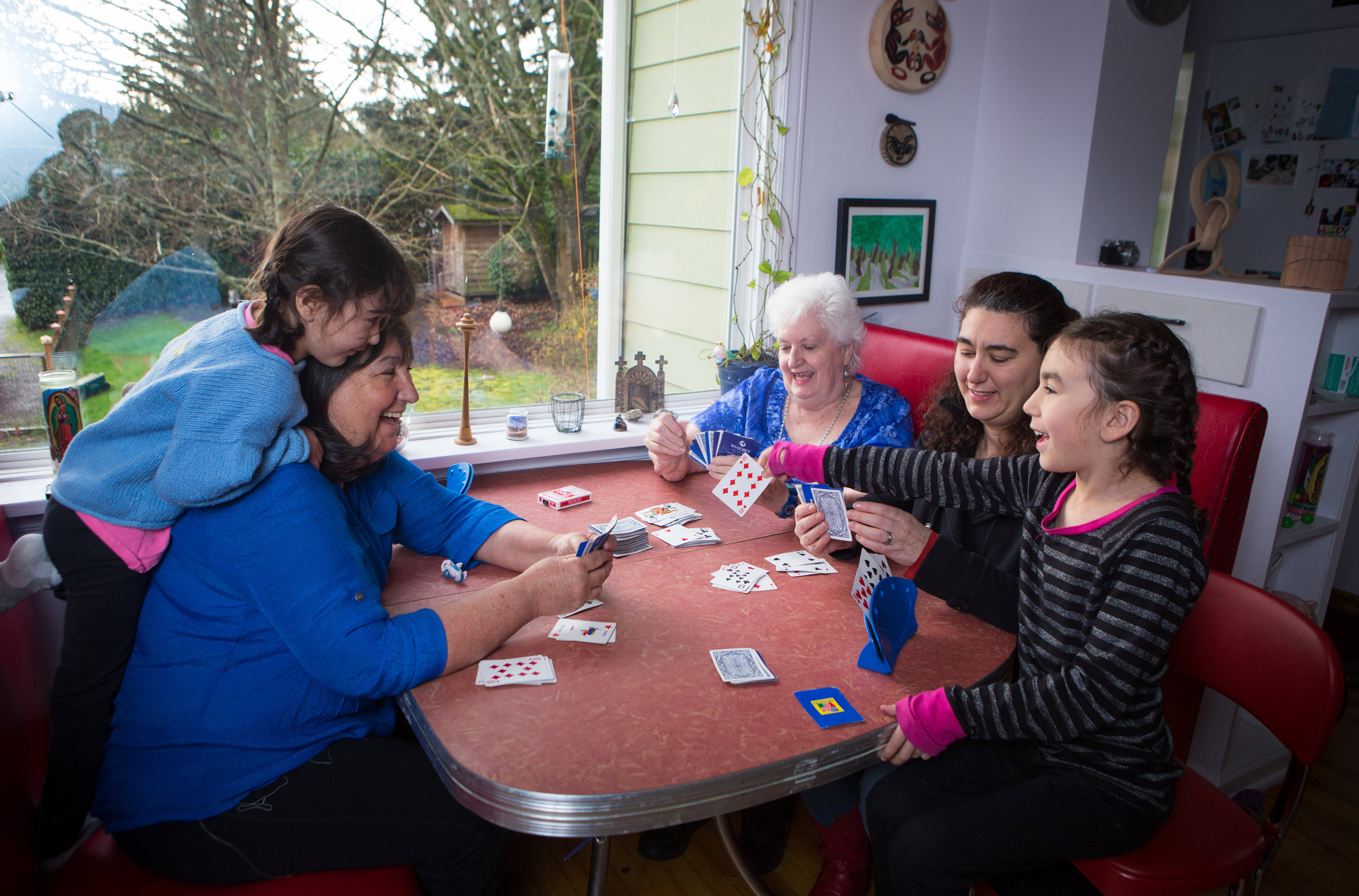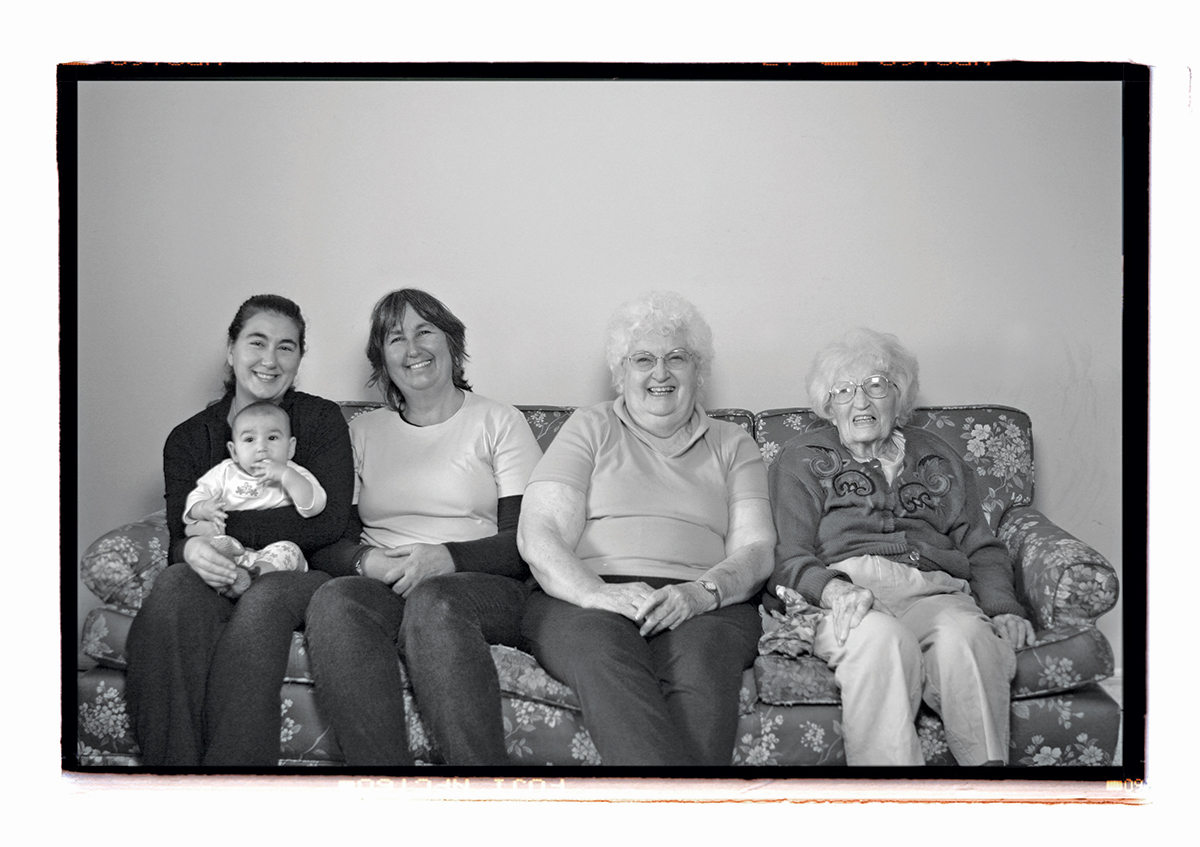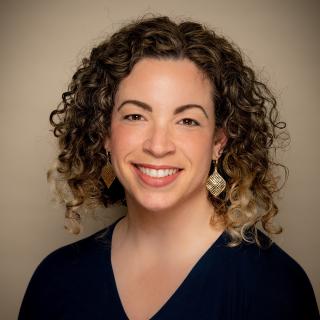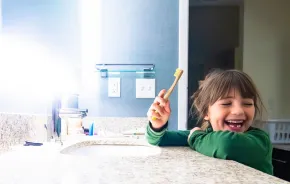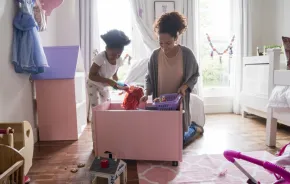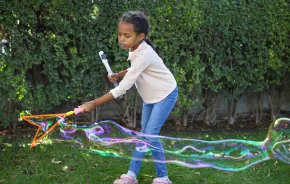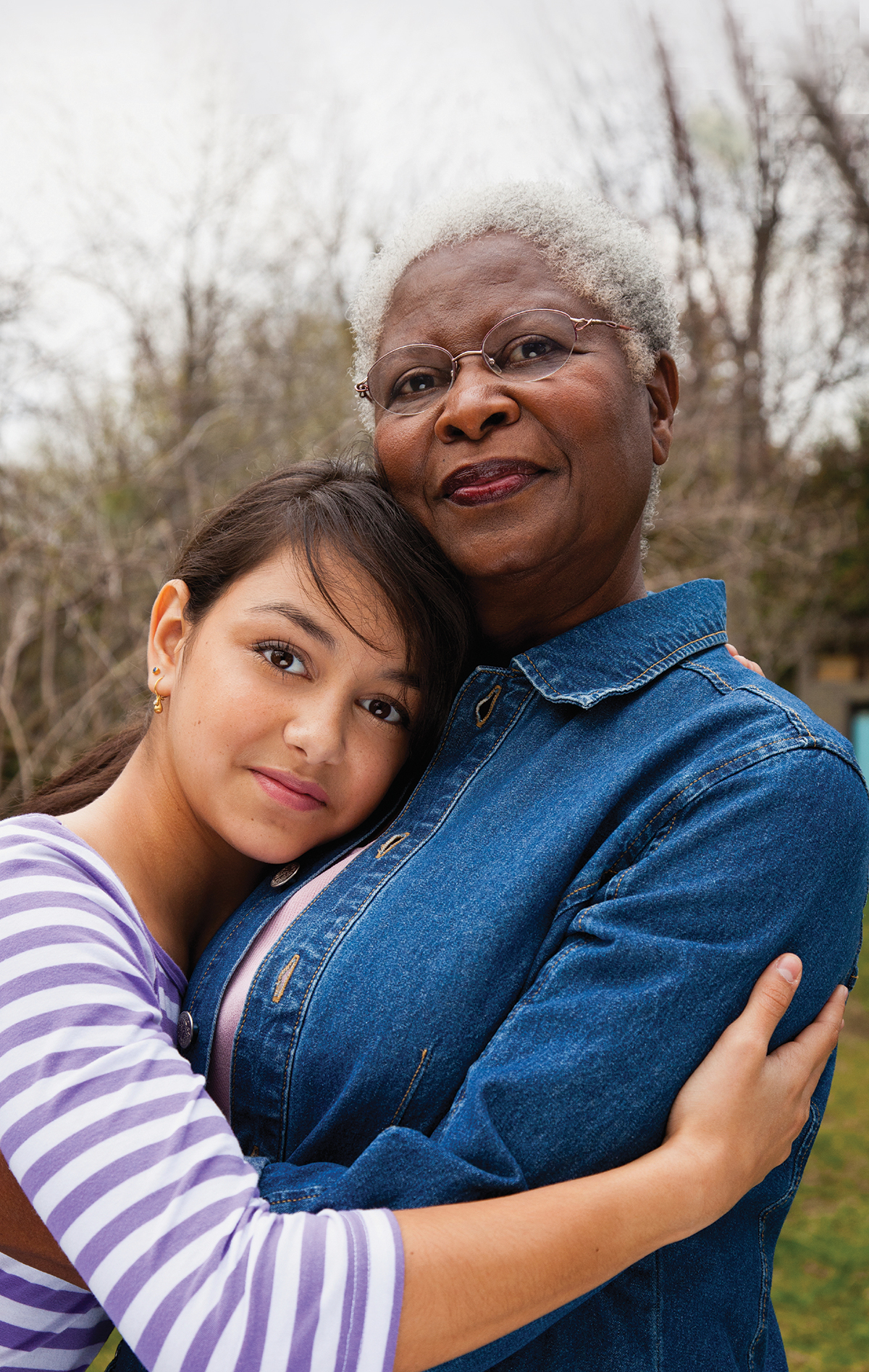 Imagine a difficult parenting moment — perhaps a child has been brought down by a nasty winter flu, but you’ve run out of sick days at work; or it’s a glorious spring soccer Sunday, and you must magically appear on two separate fields for two different kids’ games.
Imagine a difficult parenting moment — perhaps a child has been brought down by a nasty winter flu, but you’ve run out of sick days at work; or it’s a glorious spring soccer Sunday, and you must magically appear on two separate fields for two different kids’ games.
Imagine (not a hard exercise, perhaps) that you’re exhausted and low on patience for argued bedtimes, reluctant bathers, toy-strewn bedrooms. You are stuck in the tangled thicket of parenting, without the long perspective to recognize it as just a temporary obstacle on a rather miraculous road. You’re busy, distracted, late to get dinner started, juggling a lot.
Now imagine something much more challenging: Something has happened to you, and you can’t care for your child.
Then imagine a grandma. Calm. Wise. Patient. She can handle any of these scenarios. She knows, from experience, how the pieces fit together. She has a different approach, a confident touch (and that special spaghetti sauce recipe). And oh — she’s got some extra time on her hands.
By 2020, there will be twice as many grandparents in the United States as there were in 1980 (80 million versus 40 million, a growth fueled by the Baby Boomers). One in six Americans now lives in a multigenerational situation — more than two generations in a household — a 10 percent increase since the 2007 recession. About 2.7 million grandparents are directly responsible for the basic needs of children living with them, according to the policy organization Generations United.
“There’s this myth of independence in this country, and it is seen as a sign of weakness to live with your parents,” says Donna Butts, executive director of Generations United, which supports intergenerational programs, policies and research. “But when you go back to our roots, families needed each other to make it work, to run the farm. It’s only in recent decades that families grew apart, to far-flung, distant locations. This is a return.” Multigenerational households are more accepted among other cultures and will become more mainstream as U.S. demographics continue to shift, she says.
In a Generations United survey, 82 percent of multigenerational households said “that the arrangement had helped strengthen the bonds of the relationships,” Butts says.
Even in families where grandparents are the primary caregivers and the children’s parents are absent, there are unique benefits to having the older generation present. “Children who have been around older adults have better soft skills: manners, patience and the ability to listen,” Butts says. “We age-segregate people way too much.”
“Nobody has ever before asked the nuclear family to live all by itself in a box the way we do. With no relatives, no support, we’ve put it in an impossible situation,” Margaret Mead once said.
Or, as the novelist Louisa May Alcott, beloved by grandmas everywhere, put it: “A house needs a grandma in it.”
In anticipation of Mother’s Day, I spent time with three Seattle-area families in which grandparents (including one great-grandma and two hands-on granddads) are pushing strollers, packing lunches and making a daily difference in little ones’ lives. Here are their unique stories.
‘Family is everyone’
On a gray Seattle day in March, a small patient room inside Northwest Hospital is full to the gills. Little girls scramble around the hospital bed of Barbara Bjeletich, who is holding her own in spite of an asthma flare-up. Visitors and nurses pop in and out. Art sketchbooks and pencils are passed around. Barbara’s grown daughter hovers; her own mother, Joan Bjeletich, watches from the corner chair — four generations of women assembled for support.
And of course, there’s the food action. “Can I get another fruit and cheese platter delivered?” Barbara asks, all business, into the bedside phone, as if she weren’t hospitalized but instead presiding over a large Italian dinner for 12. Can you blame her? They might be in the hospital, but still — it’s 5 p.m. on a weekday — her loved ones must be fed. A bite of chocolate éclair is delivered into the waiting mouth of little Ravenna; when even more food arrives (how are they getting this bounty out of a hospital kitchen?), it’s the granddaughters’ turn to wait on Barbara: “What would you like?” they ask her, ready to serve.
This is how mothering in the Bjeletich-Trujillo family works, both when crisis strikes and in their everyday lives. It’s about family, food and the expectation of support — no matter when, no matter what.
Barbara, a nurse practitioner, lives with her daughter, Lina Trujillo, Lina’s husband, Josh, and the couple’s two girls, Ravenna and Araya. She’s made herself at home in a mother-in-law on the lower level of the family’s house in Seattle. Matriarch Joan, great-grandma to the youngest generation, lives two blocks away — a convenient cruise in her motorized chair, which also works for giving great-granddaughters joyrides when a girl needs a school pickup or a mom needs an extra set of wheels.
Barbara and Lina came to live together intentionally, so that Barbara could help care for the little Trujillo girls in between her night shifts as a nurse, though things ended up more intimate than they had planned.
“When we were shopping for houses, we’d always split up: Lina would go upstairs and start jumping and screaming, and I’d go below to see if you could hear it,” recalls Barbara.
But in the rush to check out a new house on the market hours before they were going to place a bid on another home they’d already settled on, the mother and daughter forgot to do their noise test. They loved the last-minute house and bought it.
Of course, they came to learn later that all the noises carry. But the women wouldn’t have it any other way. “You learn to work together,” says Lina, a teacher. In their multigenerational home, Barbara is helping raise the girls, now 8 and almost 6. Weekly meals are shared, roles divided according to passions and availability: Lina cares for the patio; Josh does the lawn; Barbara takes charge of the flowers and garden and is the resident artist and cheerleader. She sketches family members in beautiful portraits, sews matching outfits for all the children in her granddaughters’ PEPS groups even now — years past babyhood — and attends the kids’ Lego robotics competitions.
Their family motto comes down from Joan, 82, whose specialty is to sew personal quilts for everyone. “My grandmother believes that if we’ve met you, you’re family,” says Lina. “Family is family, and family is everyone.”
“My memory of growing up in my mom's house is when it snowed in Seattle, people would get stuck on our drive, and I’d sleep in the bathtub so they could stay the night,” recalls Barbara, laughing.
Joan was a nurse for years before retiring at 80. She would often bring cancer patients to stay a spell in the family home, and over the years, all of her grandchildren (she has five children and 16 grandchildren) have lived with her at one time or another. Large family dinners and holidays are legendary, and family time (even in the hospital) is sacred.
“You have to celebrate everything,” says Joan, “because there’s enough tragedy.”

Parents all over again
Sharon Dysert Ittner thought her years of intensive mothering were behind her. And then, in 2009, she got a call that would change the course of many lives and alter the meaning of the words “mother” and “grandmother.”
Her grandbabies were wallowing in foster care, Sharon’s daughter unable to care for them because of addiction. Sharon was first on the list to step in. There were four children — ages 8, 6 and 2, as well as a new baby in withdrawal in a hospital PICU.
Suddenly, the grandmother’s plans, which included a recent return to school to earn a bachelor of science in business administration, were upended. The children had to be rescued from a complex system that involved branches, processes and terms like “kinship care,” “permanent placement” and “IEP,” which Sharon and her husband, Harold Ittner, had never heard of. The little ones had been neglected, in some cases abused. They would need therapies, health and emotional services, legal advice, clothes and shoes, bicycles, beds, reliable meals, and — above all — stability, love and a years-long commitment.
“Even your own children don’t come with an owner’s manual,” says Sharon. “Going through this again, you’re scared at first. You worry, ‘Am I doing it right?’”
To undertake the process of becoming a mother to her grandchildren, Sharon says, she “shopped providers” for an agency to assist. Finding Sound Mental Health, which provides counseling and health services, was their saving grace, say the grandparents turned parents.
Their oldest grandchild, Trenton, is still in foster care — the Ittners are trying to get him into their home. But the three younger children, now 4 (Melody), 7 (Shelly) and 11 (Matthew), have been with Sharon and Harold for more than four years.
They have come a long way: Much of the kids’ trauma has eased; weeks are filled with karate, hip-hop classes, Boy Scouts, soccer and camping.
A recent weeknight inside the Ittners’ modest South King County home looks like regular life for many young families: a fresh shepherd’s pie casserole sits on the tiled kitchen counter; kids enjoy their allotted screen time; and a big wooden play structure outside waits.
“I want to draw a zebra!” shouts a blond, bubbly preschooler. This is Melody, who has spent her whole young life knowing her grandma as “Mom.” Melody happily declares herself a “ballerina Girl Scout” and searches for a new lap to try out.
Since becoming mom to her grandchildren, Sharon has also become an outspoken advocate for those involved in “kinship care” — when a family member other than the parent is primary caregiver to a child. For every foster child in Washington state, there are 10 in kinship care, says Cathy Clem, Sound Mental Health parent coordinator and the Ittners’ liaison. As a founding board member of Guided Pathways, a King County support organization for families, Sharon now guides others along the path to help.
“Harold and I, we’re recycled parents, and we’re not going to waste those resources,” she says. “Family is more than just Mom and Dad. It’s community.”
There for each other, feeding others
There might be two mothers and two fathers in the busy Hill-Comer household in the Mt. Baker neighborhood of Seattle, but there’s no question who’s boss.
It’s 2-year-old Ellington, the shiny-eyed, doted-on boy who ties together two preceding generations of a Seattle family for which personal success and community success are directly linked.
Ellington’s parents, Lillian Hill and Dennis Comer, could be living on their own. But instead, they share a home with Lillian’s parents, Joanne and Eddie Hill. At first, the arrangement was of necessity: In 2009, while the younger couple was living and working in Washington, D.C., Lillian developed cardiomyopathy — essentially, out of nowhere, she went into heart failure. Lillian returned to her parents’ home in Seattle to get medical care. Dennis followed, and soon after, Ellington was born.
“When I left for college, I was pretty independent. I was like, ‘OK, I’m out,’” recalls Lillian. “And when I came back, in my mind, it was temporary. Then life happened.”
Though Lillian recovered, the four adults soon realized how much sense it made for the retired Joanne and Eddie to be close at hand: By helping to raise Ellington, the grandparents enable their daughter, who studied chemistry and is now a baker and businesswoman, and their son-in-law, a former Army officer who now works for the federal government but has also become a community entrepreneur on the side, to pursue their greater dreams.
As owner of Brown Sugar Baking Company, Lillian brings vegan and gluten-free treats to those hankering for such hard-to-find goodies, especially in South Seattle. Several years ago, Dennis began to dabble in community gardens and P-patches as a hobby and then became a trainee of Seattle Tilth’s Farm Works education program. He just opened Urban Buggy Deli, where he sells allergen-free food and produce he grows nearby.
Together, their incubator food startups serve a need in the “food desert” of the Central District and points south, where healthy, nonprocessed, locally grown food is scarce, Dennis says. “This is what builds community,” he says. “Folks need access to pure food.”
Having their parents on hand helps.
Eddie and Ellington go to the pool together and watch Michael Jackson videos. Joanne and Ellington take walks, looking for birds, airplanes, leaves on the ground and the rocks the boy loves to collect.
“He has helped me to stop and smell the roses,” says Joanne, a retired school principal, of her grandson.
“When I grew up, in the middle and end of World War II, families lived together because they had to,” says Eddie. “Now, I wouldn’t have it any other way. Being here with the kids, that brings the energy back.”
It’s not always easy living with one’s parents, Lillian admits. Privacy is occasionally scarce. “Sometimes there is doubt and the pressure to be on your own. But I become more comfortable with it. There are definitely things I can be refreshed on by living here.”
Such as her mother’s superb organizational skills, which came in handy once a baby was involved. “Tidbits of information, that’s her thing,” Lillian says fondly of her mom. “She’s a better Siri than Siri. She’s like, ‘OK — diaper change, bottle, nap.’ Little reminders. She comes behind me.” And Lillian keeps her parents and family fed on a diet of healthy vegan meals (and those delectable desserts).
“It’s a good team,” Joanne adds.
There’s a certain vibe that grandparents, who are done with the stressful years of raising their own brood, can create. Visitors feel it right away when they walk into the relaxed Hill-Comer home, where picture windows afford a tranquil Lake Washington peek-a-boo view, and Ellington can always find a free lap and a willing ear.
“They have taught me so much about how to raise a child,” Lillian says of both her parents, “how to recognize a problem, how to approach things in a calm way.”
Of helping her daughter be a mother, Joanne says, “It’s a blessing.”
Slideshow of the multigenerational families featured in this story
Lina Trujillo and her daughters Ravenna and Araya cuddle up to read a story.
Lillian Hill and her mother, Joanne Hill, do puzzles and play iPad with little Ellington before his afternoon nap.
Matthew, 11, went to Olympia to testify for Prevention Policy Day 2014 sponsored by Washington Association for Substance Abuse & Violence Prevention.
The Dysert Ittner grandchildren, Melody, Matthew and Shelly, have a snow day.
The Dysert Ittner family poses for a family photo.
Lillian Hill and husband Dennis Comer, outside of their businesses, a vegan bakery and deli, in Rainier Valley.
Barbara Bjeletich, an artist and nurse, loves to sew with her grandchildren. She often makes them homemade clothing.
The Bjeletich-Trujillo clan at home, hanging out.




